護国神社
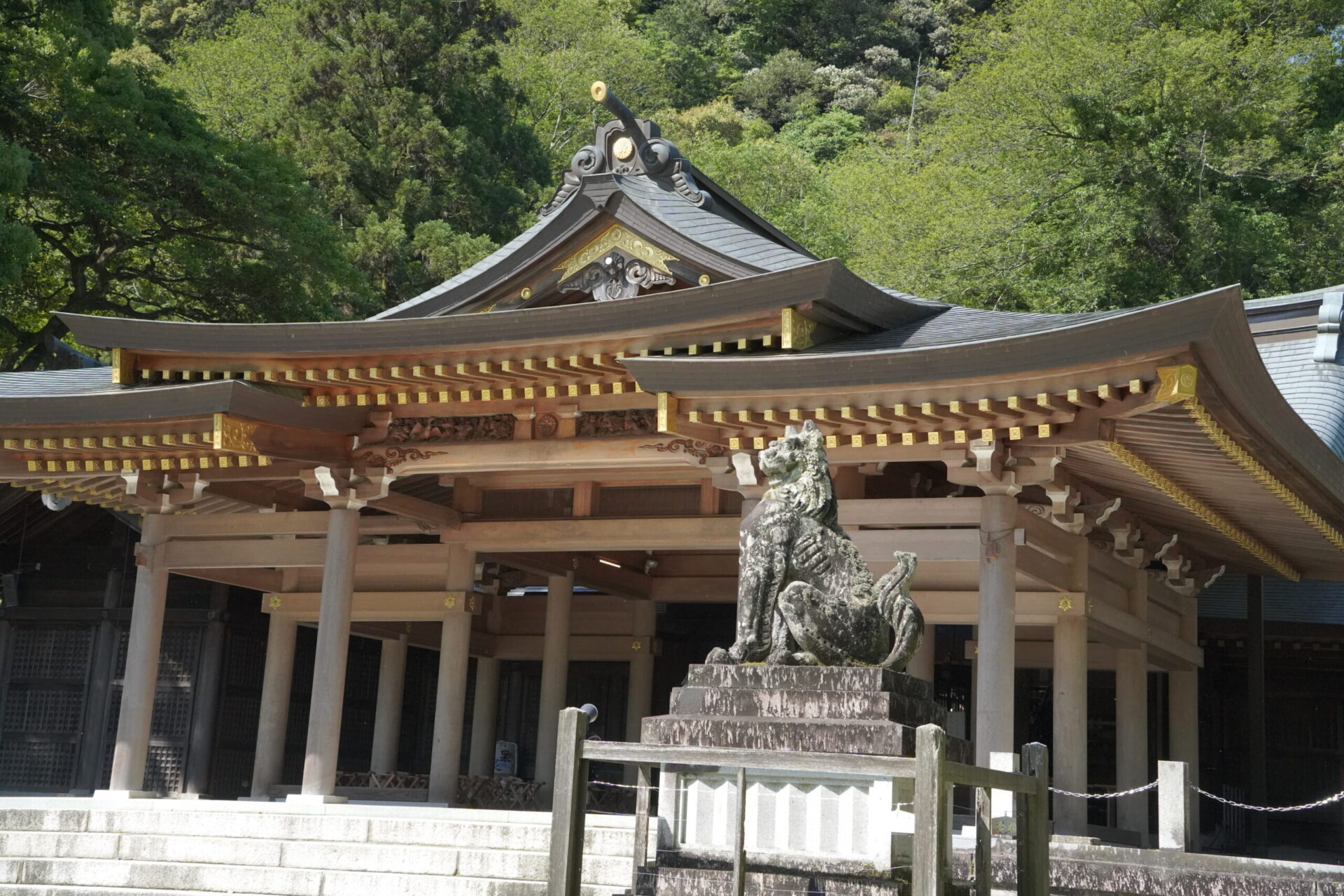
A shrine surrounded by nature, standing on the banks of
the Nagara River at the foot of Mount Kinka.
金華山の麓、長良川の畔に佇む大自然の神社
History
In July 1908, the 68th Infantry Regiment was transferred from Otsu to the outskirts of Gifu City (present-day Nagamori district), and in 1917, an airregiment was established. Regretting the lack of a Gokoku Shrine to offer a memorial service to the heroic spirits who had dedicated their lives to the nationin successive wars, the 68th Regiment in 1918, together with the Gifu Prefecture Governor, city and town mayors, reservists, and other volunteers, aimed torealize this, but was unsuccessful.
After that, with the outbreak of the Sino-Japanese War, many new war dead were welcomed, and in 1935, the Gokoku Shrine System was established. Thisprompted representatives from two cities, ten counties and 209 villages to meet and apply for the founding of the shrine on March 10, 1939. The shrinebuilding was completed in November 1940, and the enshrinement ceremony was held on the 19th of the same year, followed by the offering of offeringsthe next day, and thus Gifu Gokoku Shrine was founded.
由緒
明治41年7月に、岐阜市郊外(現長森地区)に歩兵第68連隊が大津より移管され、大正6年には飛行連隊の設置を見るに至り、累次の戦役事変に一身を国家に捧げられた英霊に対し、感謝奉賽の誠を奉げるべき護國神社の無きを遺憾として、大正7年当時の第68連隊は岐阜県知事並びに市町村長又在郷軍人その他有志と共に、その実現を目指すも叶いませんでした。その後、日支事変勃発と共に新に多数の英霊を迎へるに及び、昭和10年護國神社制度が制定されたのを契機に2市10郡209ケ村の代表者が議り、昭和14年3月10日創立を出願、昭和15年11月社殿が竣工、同19日鎮座の儀、翌日幣帛供進の儀が執り行われ茲に岐阜護國神社が創建されました。
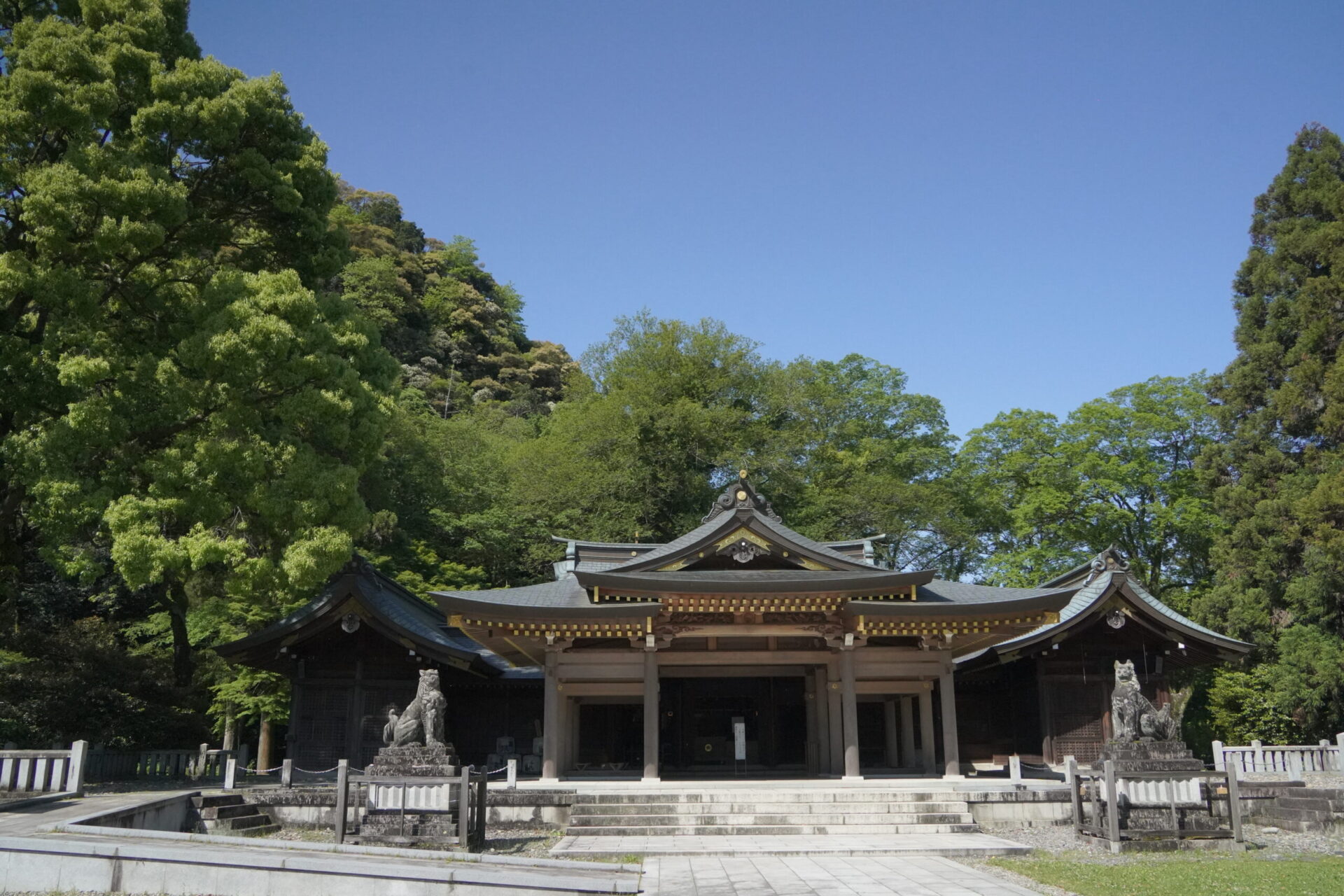
Main Hall
Construction of the main hall began in 1939 and was completed in November 1940, while the front worship hall (outer worship hall) was completed in 1995as a project to commemorate the 50th anniversary of the end of the war.
本殿
昭和14年から建設が始まり、昭和15年11月に竣工、前側の拝殿(外拝殿)は終戦50周年記念事業として、平成7年に竣工しています。
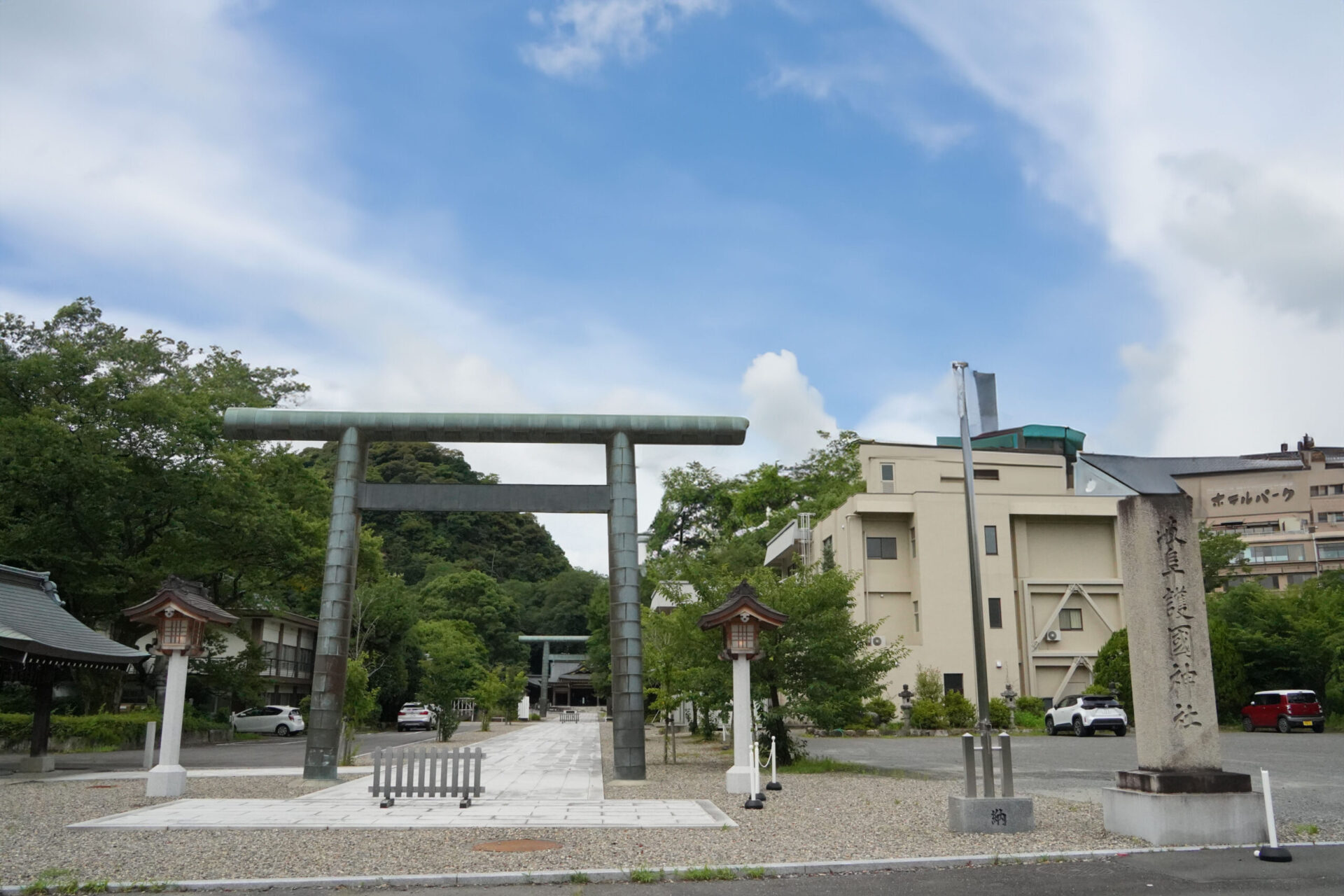
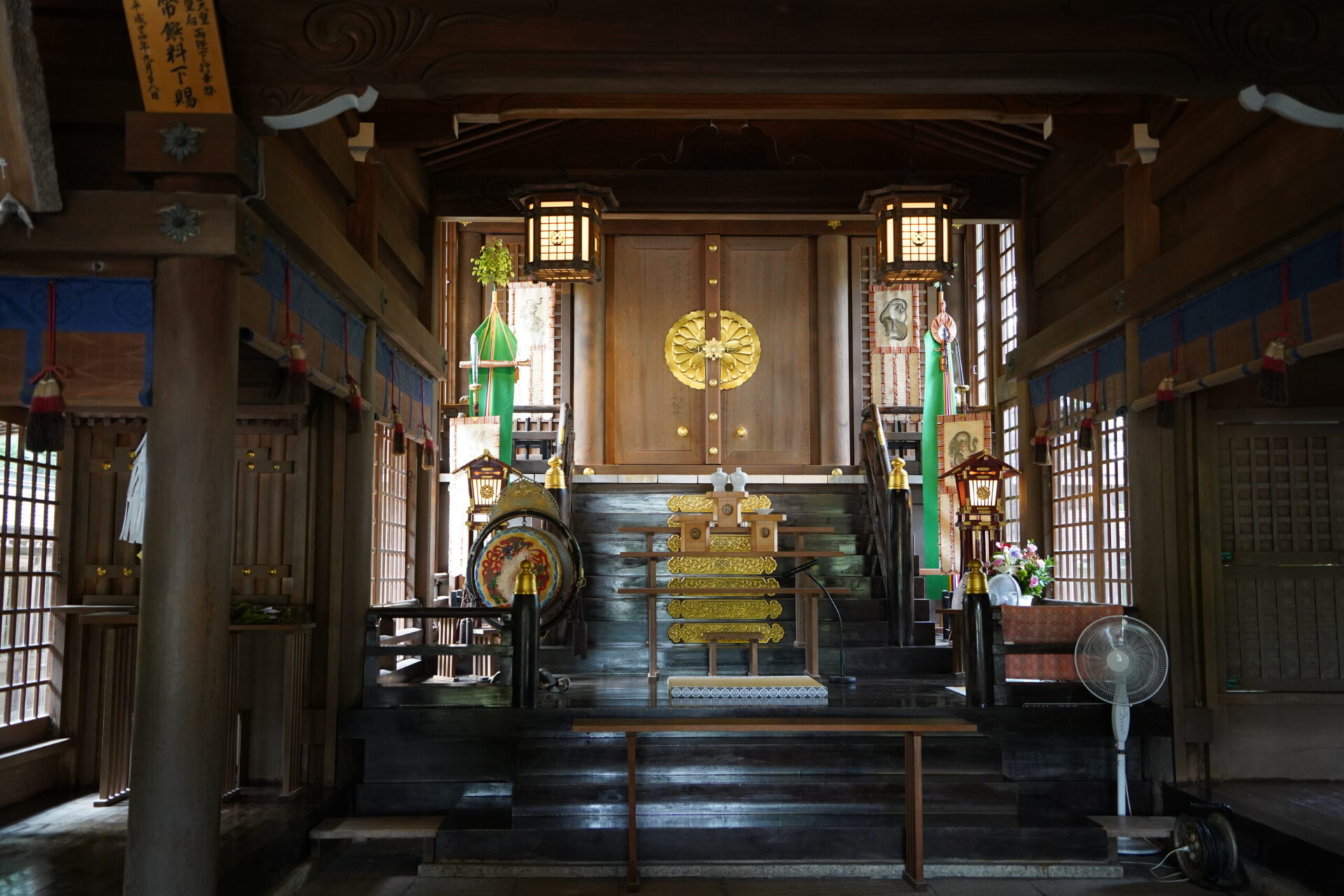
“Kito” is a festival where people pray for the protection of the gods. The content of the festival is extremely diverse, including rites of passage and annualevents, and varies according to each person’s circumstances. Examples of prayers related to rites of passage include prayers for fertility and safe childbirth,the first shrine visit of the year, Shichigosan, kindergarten and school entrance, and coming of age. Examples of prayers related to annual events includeprayers for protection from evil spirits at Setsubun. In addition to these, there are prayers for the safety of the home, prosperity in business, traffic safety,the fulfillment of wishes, and recovery from illness.
「祈祷」とは、「祈願」あるいは「祈念」ともいい、神様の御加護をいただけるように願い求めるお祭りです。 その内容は、人生の通過儀礼や年中行事に関わりのあることなど、実に多種多様であり、人それぞれの事情に応じても違ってきます。 まず人生儀礼に関する祈祷の例として、子授けや安産祈願、初宮詣(はつみやもうで)、七五三、入園や入学奉告、成人奉告などがあります。 年中行事に関する祈祷の例としては、節分のときの厄除祈願などがあります。 この他にも、家内安全や商売繁盛、交通安全、心願成就、病気平癒(へいゆ)などを願う祈祷があります。
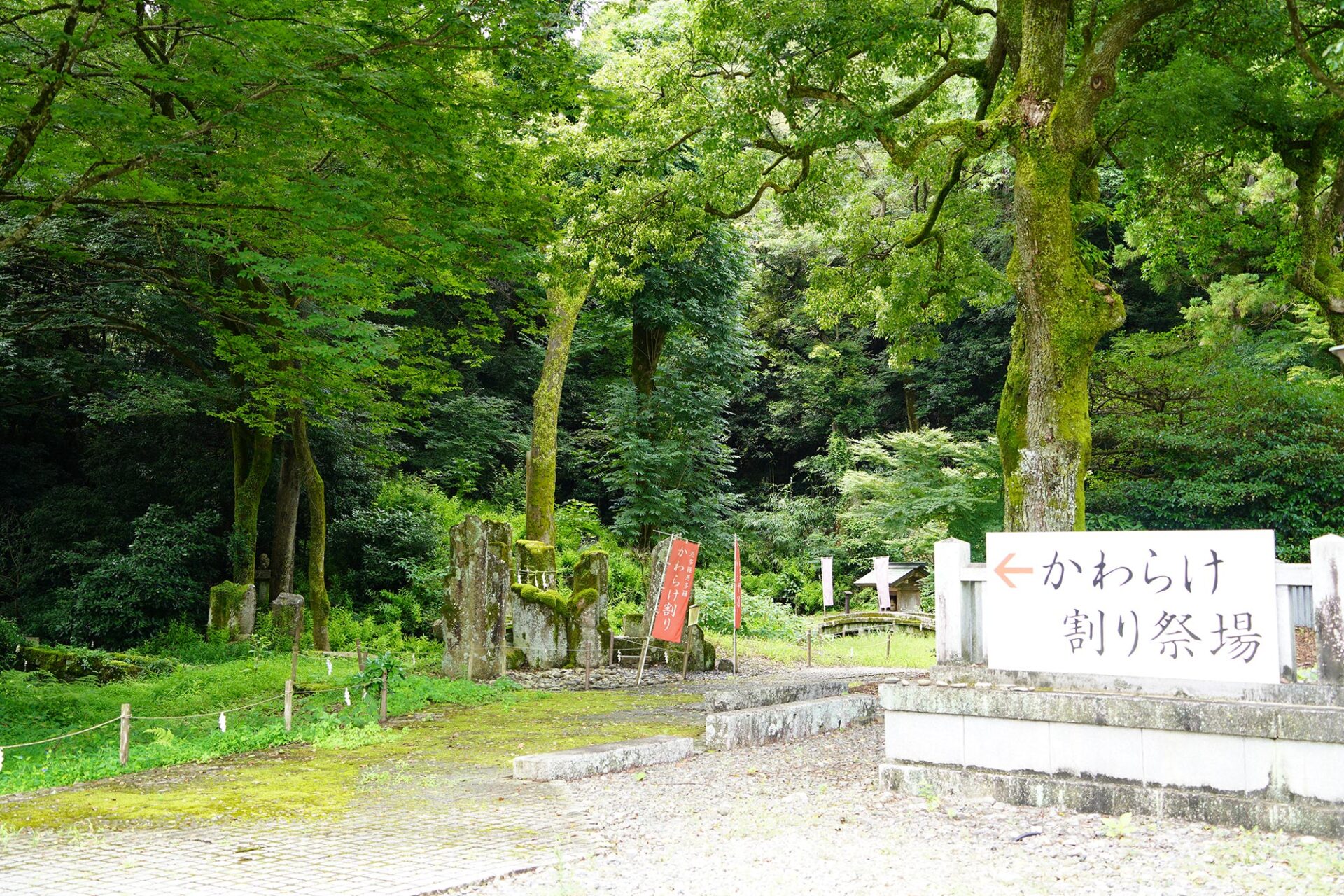
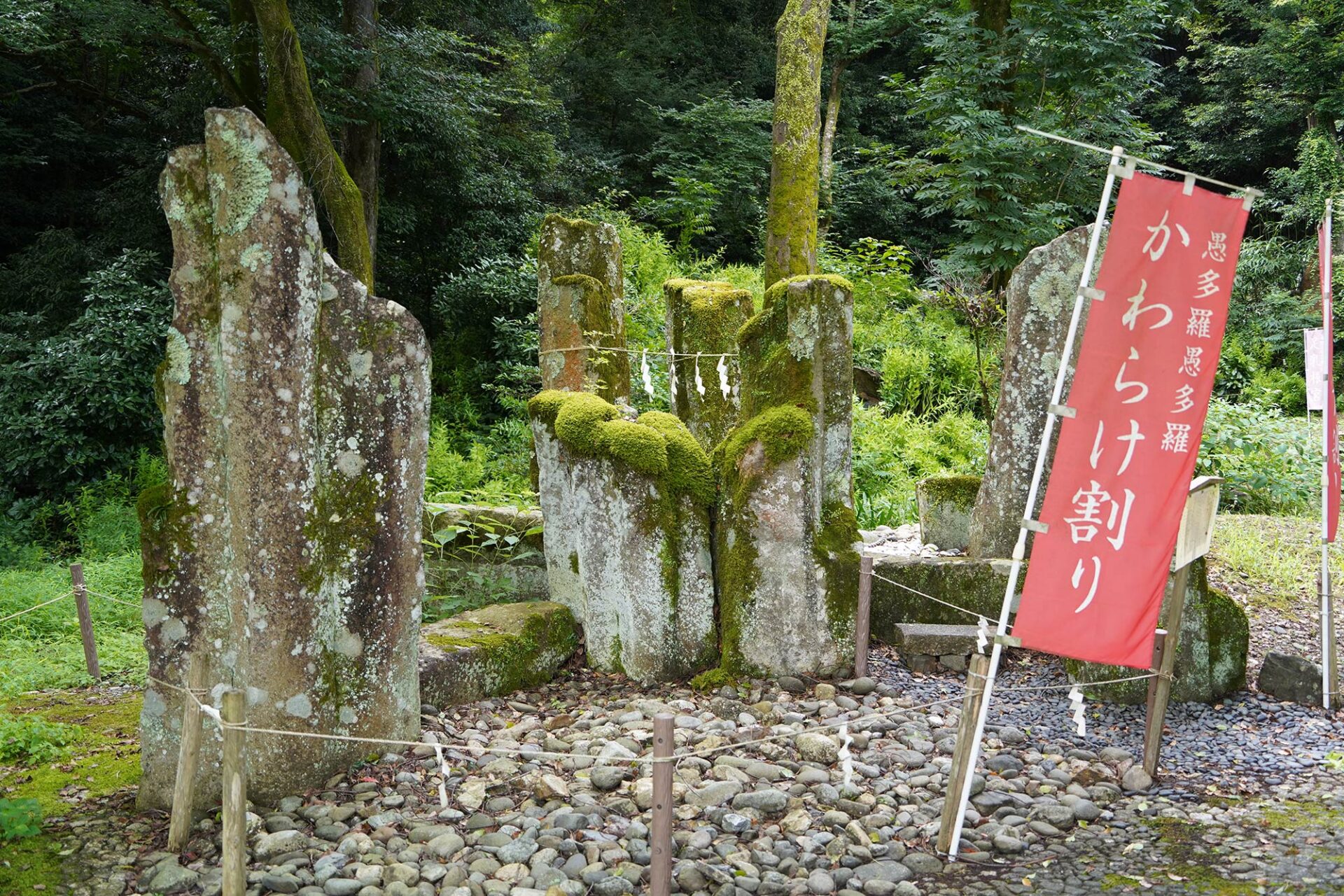
Splitting tiles
Cracking a tile Since ancient times, a tile has been considered a kind of human-shaped doll that can transfer misfortunes to the person, and itis said that smashing it will ward off misfortune.
かわらけ割り
「かわらけ」は古来、自身の災厄を憑り移らせる一種の人形(ひとがた)とみなされ、これを破砕することで、厄を祓うといわれております。
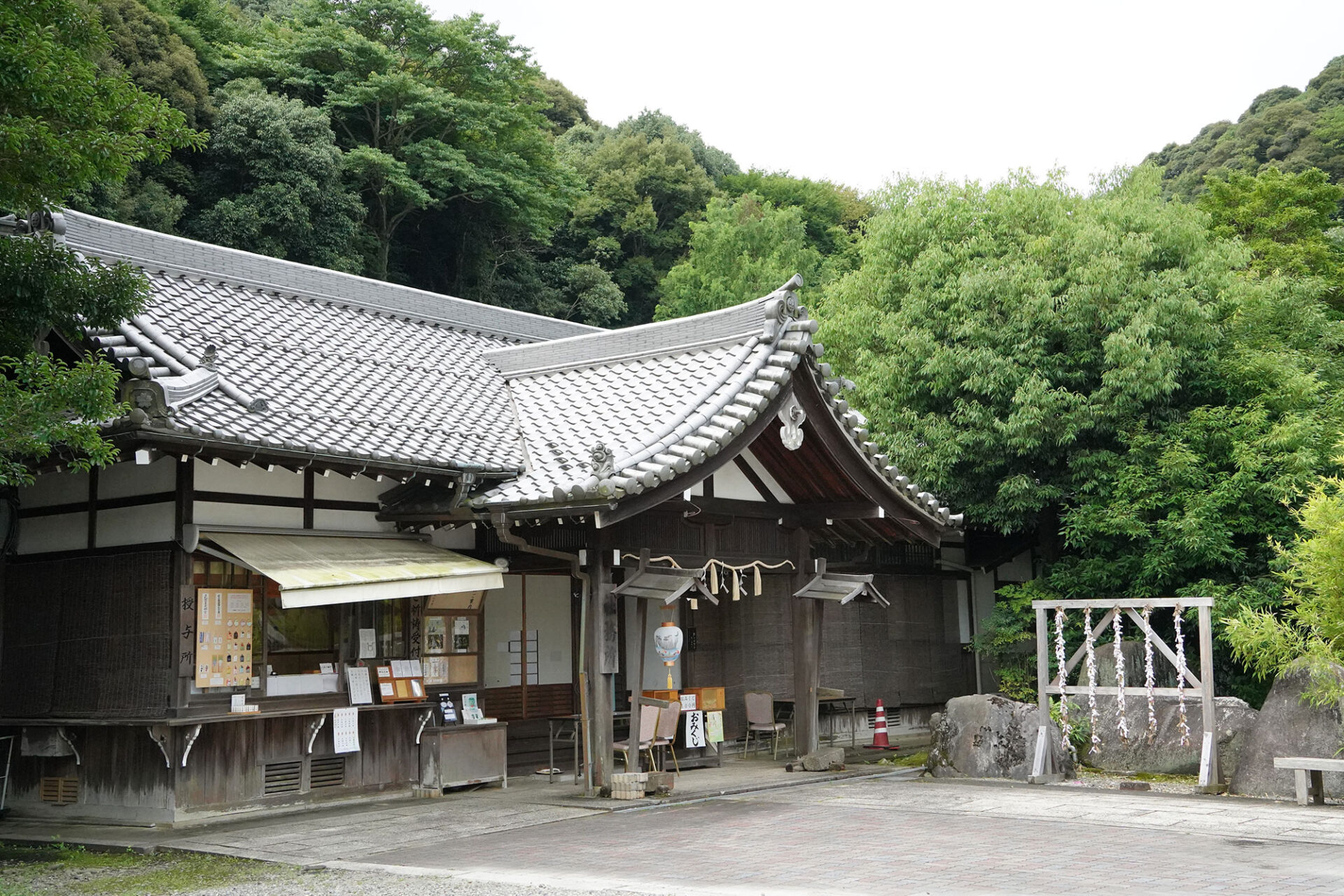
At Gifu Gokoku Shrine, you can freely choose your favorite omamori bag. It is said that omamori came into their current form in ancient times when people would carefully carry around the charms they received at shrines in bags of their own design.
岐阜護國神社ではお好みに合わせて自由にお守り袋をお選び頂けます。お守りは古来、神社で授与されたお札を思い思いの趣向を凝らした袋に入れて大切に持ち歩くようになったことから現在の形になったといわれています。
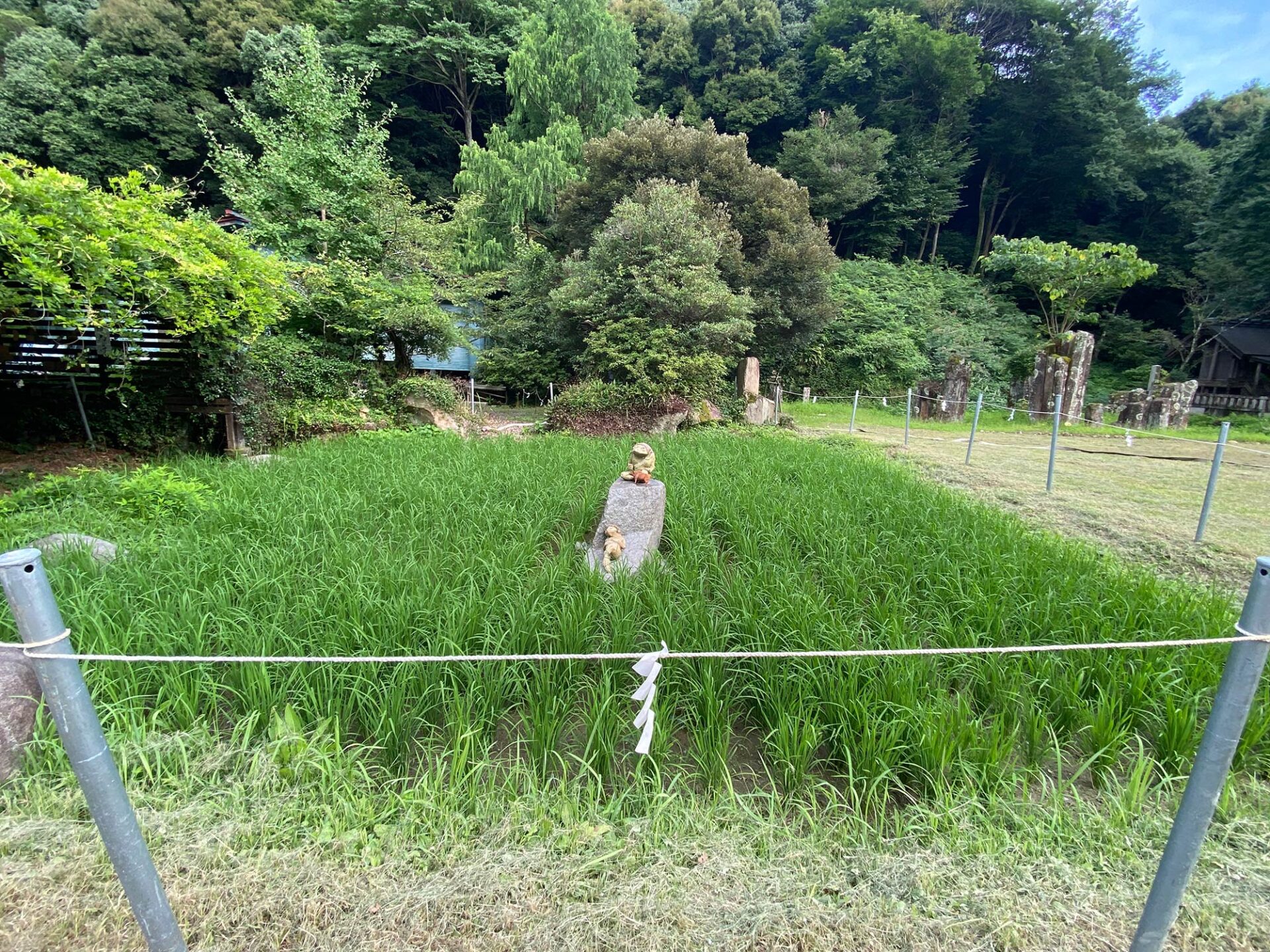
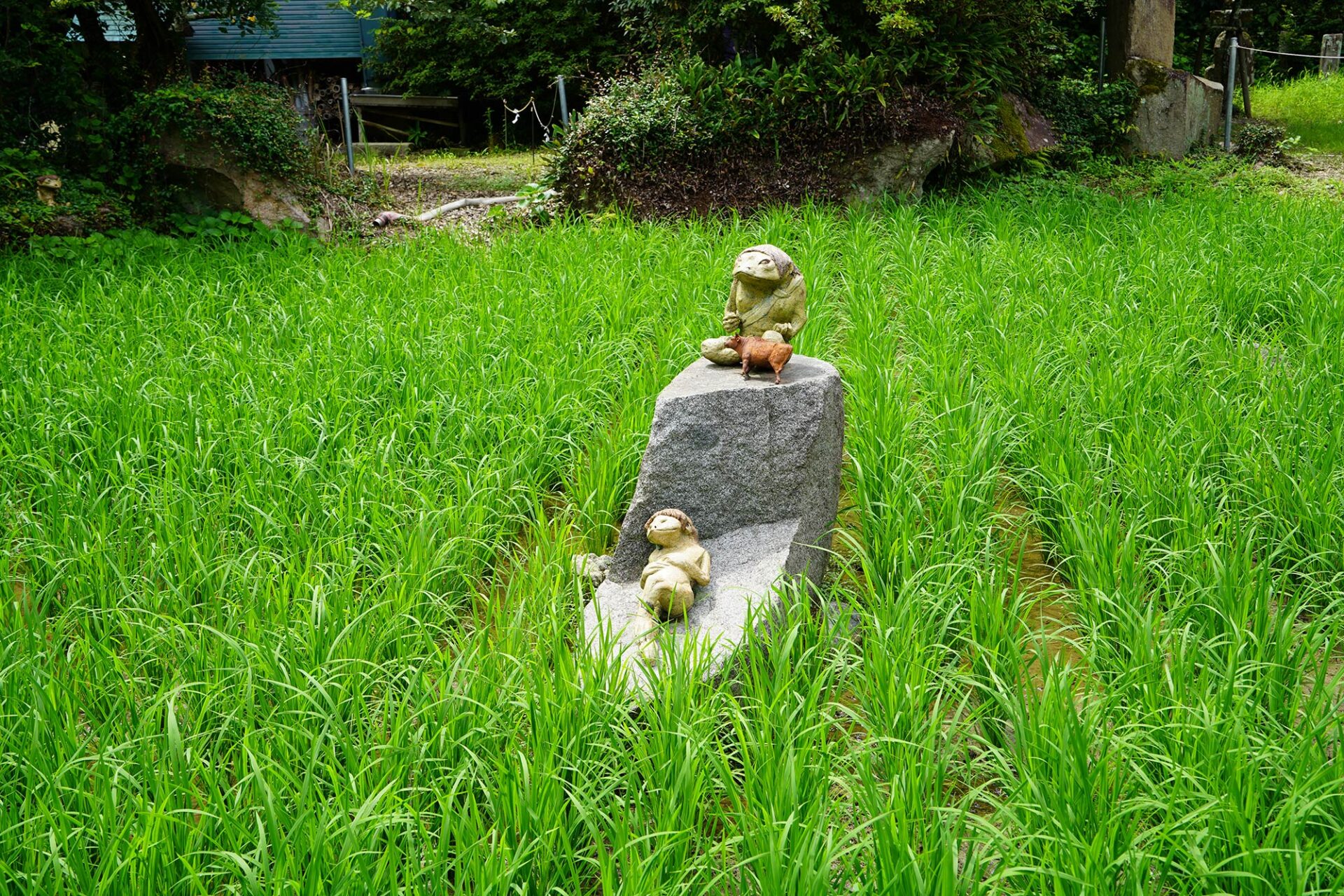
Kappado
This place was originally the riverbed of the Nagara River, and Kappa Daimyojin Shrine was founded based on the legend that kappas have livedhere since ancient times. The Kappa Festival is held every July to pray for protection from drowning for children and for improving their swimming skills.
河童堂
この地はもともと長良川の河川敷であり、古くから河童がいたという伝説によって創建された河童大明神。子供達の水難除け、水練上達などを願うかっぱ祭が毎年7月に行われます。
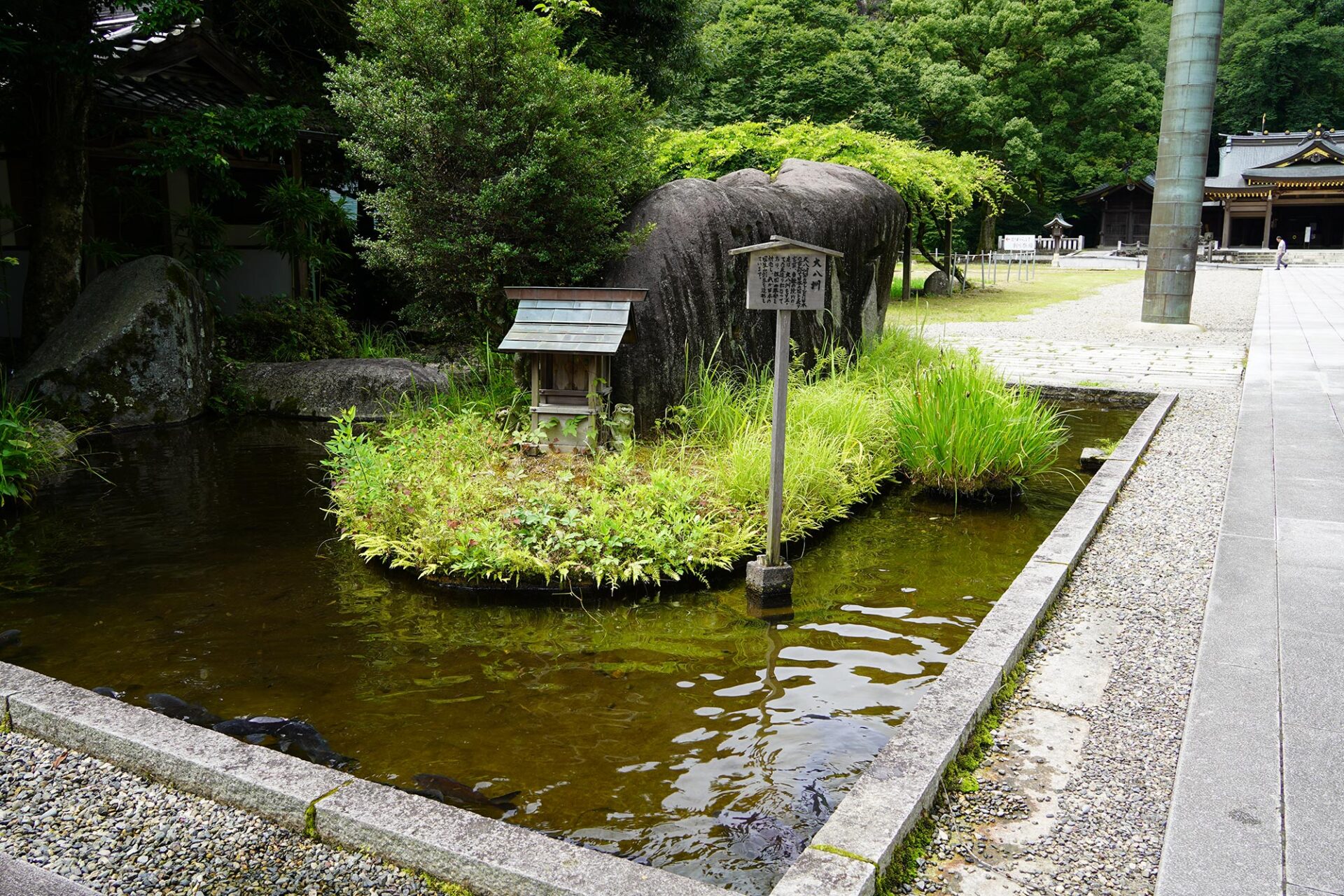
Oyashima
Oyashima is an ancient name for Japan, referring to the land of Japan. The garden within our shrine grounds is designed to resemble Oyashima, and representsthe creation of our nation,
praying for peace in our homeland.
大八洲
大八洲(おおやしま)とは、日本の古称で日本の国土を表す言葉。境内の庭は、大八洲を見立てた庭造りになっており、祖国の平安を祈念し、我が日本の国生み創生を造形しています。
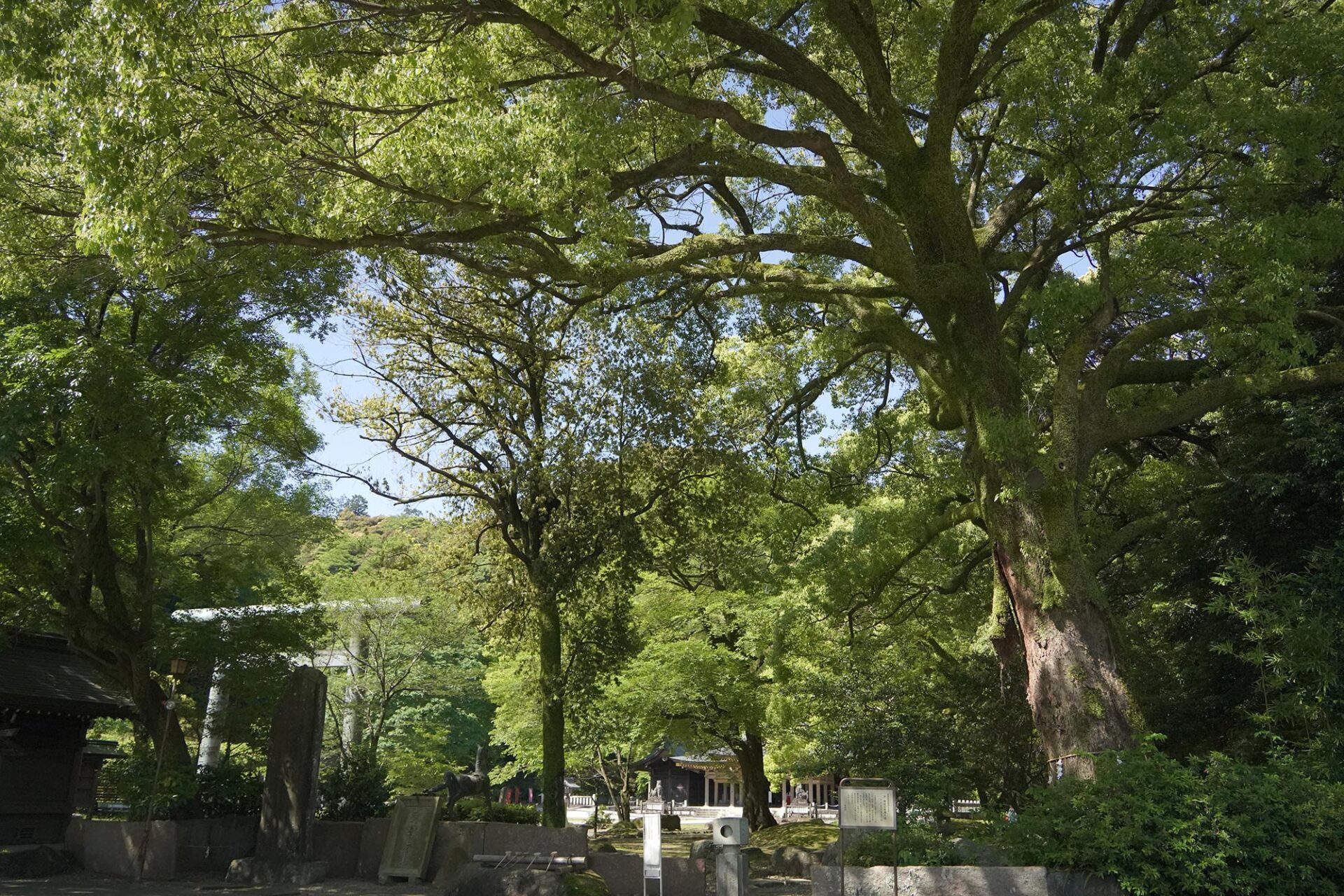
The enshrined deity is a heroic spirit who gave his precious life praying for peace in Japan, tranquility in his hometown of Gifu, and the safety of his family,and so he protects against national and family crises and various other disasters. More than 70 years have passed since the end of the war, and today he is revered as a god who establishes peace, ensures safety in the home, and protectsagainst disasters.
御祭神は日本の平和、郷土岐阜の平穏、家族の安泰を願い、尊い一命を捧げられた英霊ですから、国難・家難、そして諸々の災難を防いで下さいます。戦後70余年が経過し、今日では平和を打ち立てる神様、家内安全の神様、
災難除けの神様として御崇敬されております。
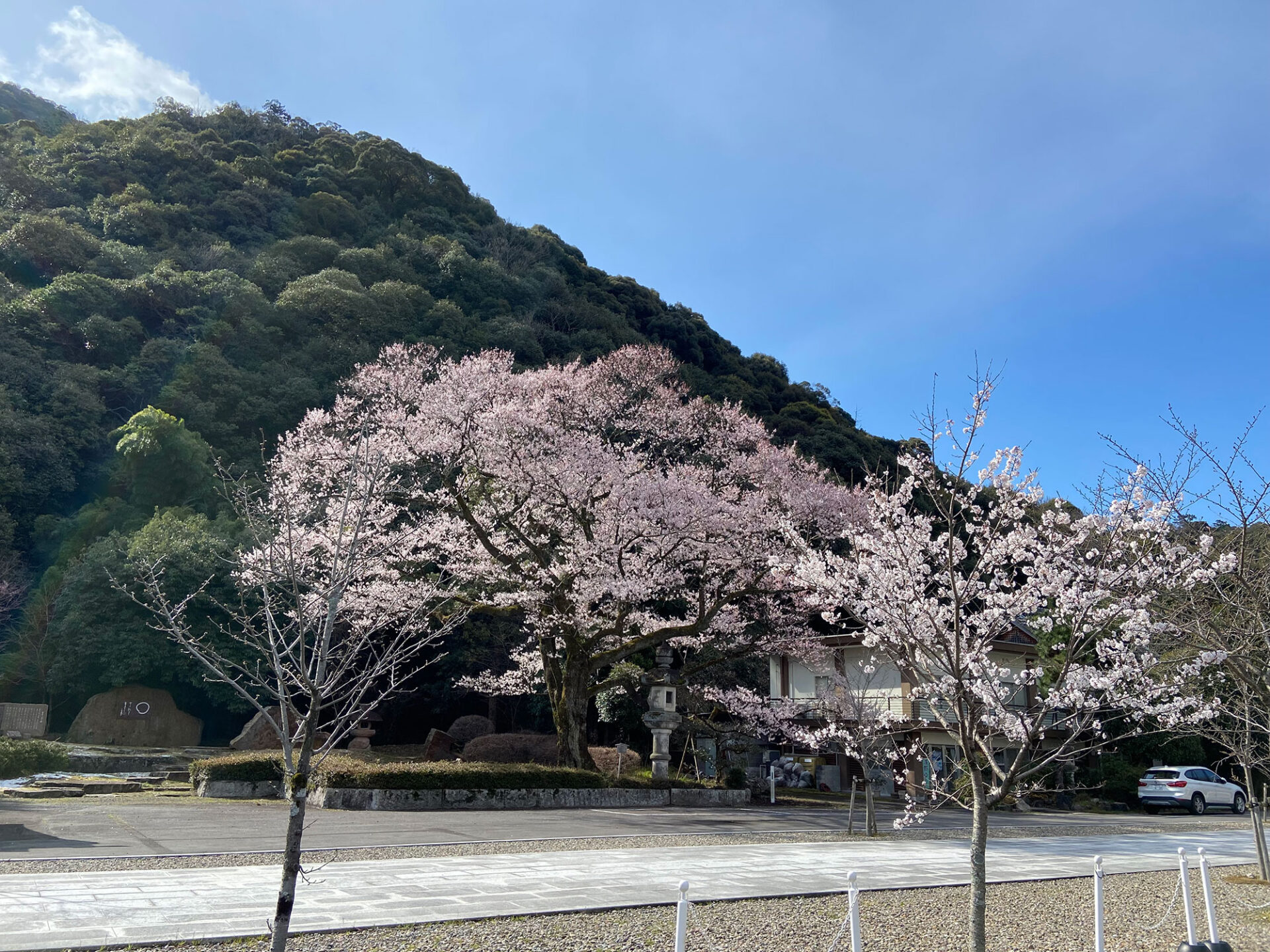
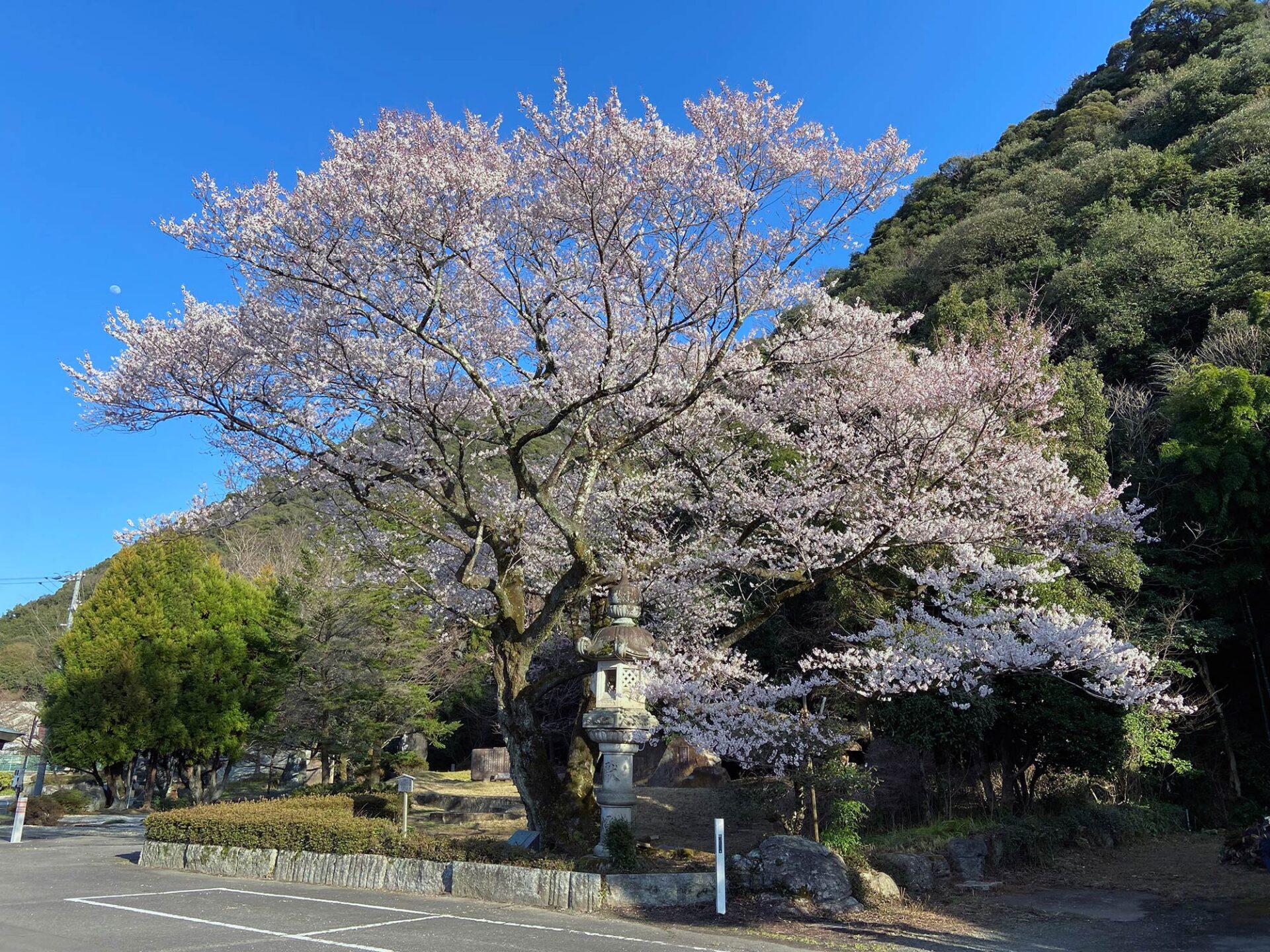
This is an Edo Higan cherry tree that is over 150 years old and is the earliest-blooming cherry tree in Gifu City. The number of flowers that bloom that year is known asan indicator of the abundance of sweetfish caught by cormorant fishing, and it is commonly known as the “Ukai Sakura.” The best time to see it varies from year to year,but it is usually from mid- to late March.
樹齢150年以上の彼岸桜(江戸彼岸)で、岐阜市内きっての早咲きの桜です。その年の花数の多少によって、鵜飼で取れる鮎の豊凶を占う目安として知られ、通称「鵜飼桜」といわれています。
見頃はその年によって変わりますが、だいたい3月の中旬〜下旬です。